Bruce Westgate
Industrial Design Portfolio
 Bruce D. Westgate
Bruce D. Westgate
B-Racer: Men’s Lacrosse Glove 2 - 8

Barano: Swimming Prosthetic 9 - 13


Westgate
Libero: Repairable and Adaptable Coffee Table 14 - 20
Miscellaneous Rendering 21 - 24

1
Bruce D.

2
Bruce D. Westgate
Men’s Lacrosse Glove B-Racer
Problem Identification
Through market research and interviews with lacrosse players from all ranges of play (high school to college divsion I) there was a common trend of problems with protection and comfort. Those being...

- Protection along wrist and thumbs leading to swelling and bruising
- Breathability of materials making players hands sweat and gloves get crusty (ventilations)
- Lack of articulation of materials hindering player’s performance
 Bruce D. Westgate
Bruce D. Westgate
3
Design Exploration




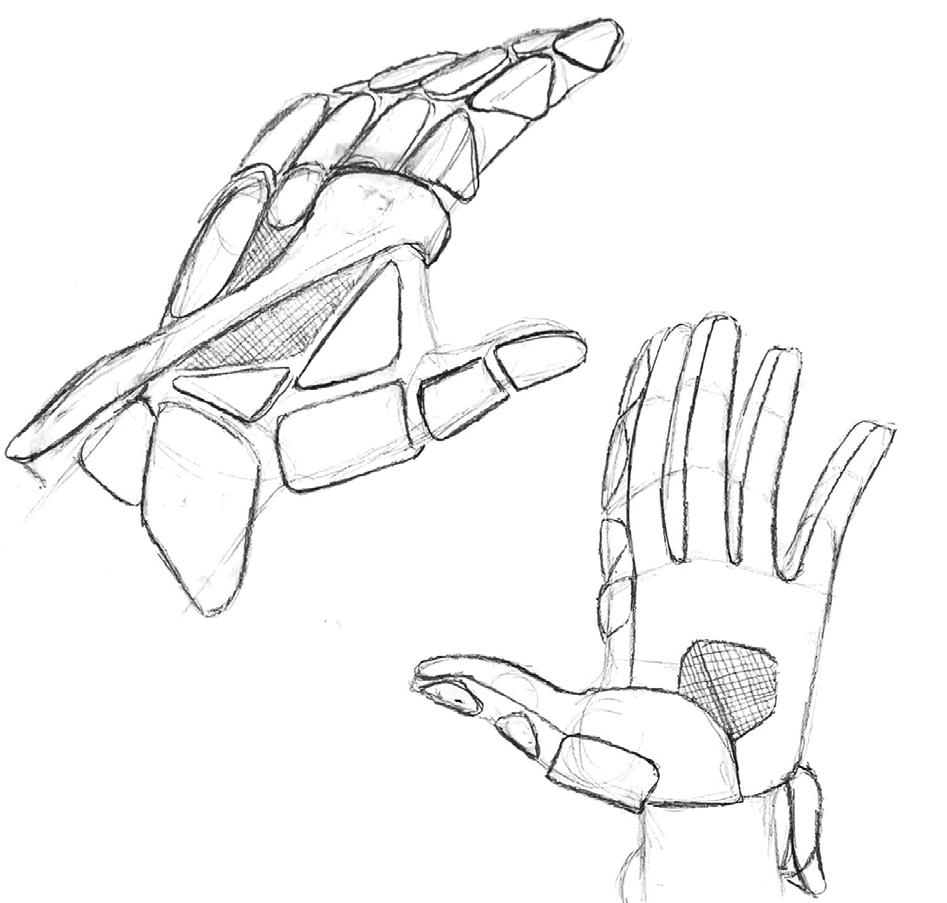


4
Bruce D. Westgate
First Prototype


Takeaways:
- Too small
- Cuff doesn’t stay up
- Leather covers aren’t tight enough
5
Bruce D. Westgate
Final Pattern
83 individual pieces
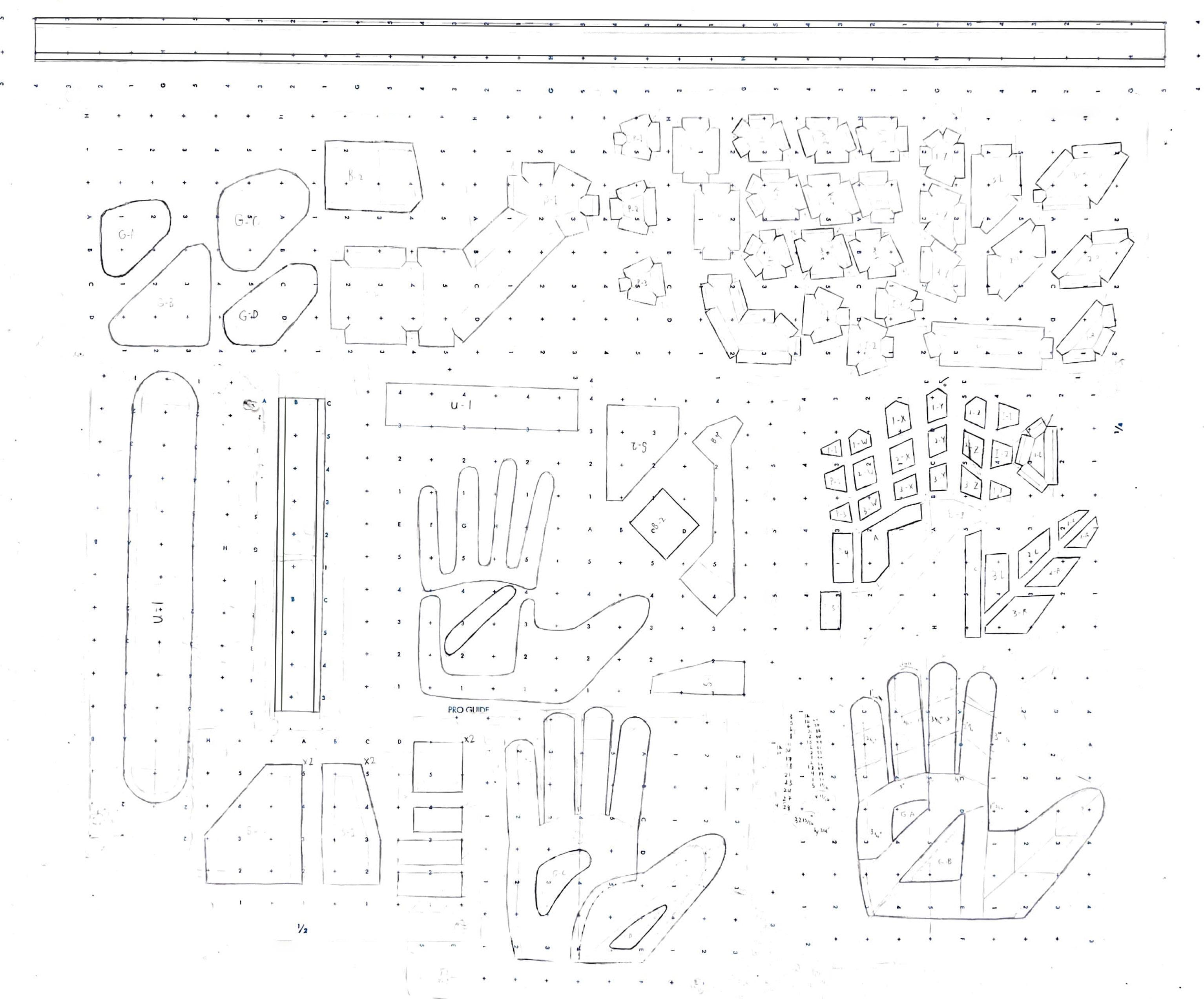
6
Bruce D. Westgate
Final Prototype
Using visco-elastic polymer foam I was able to design a brace to block most impact to the hand while also being flexible. Not only did this increase articulation and protection it aslo made extra room for vents to keep the players hands cool.

7
Bruce D. Westgate
Final Prototype
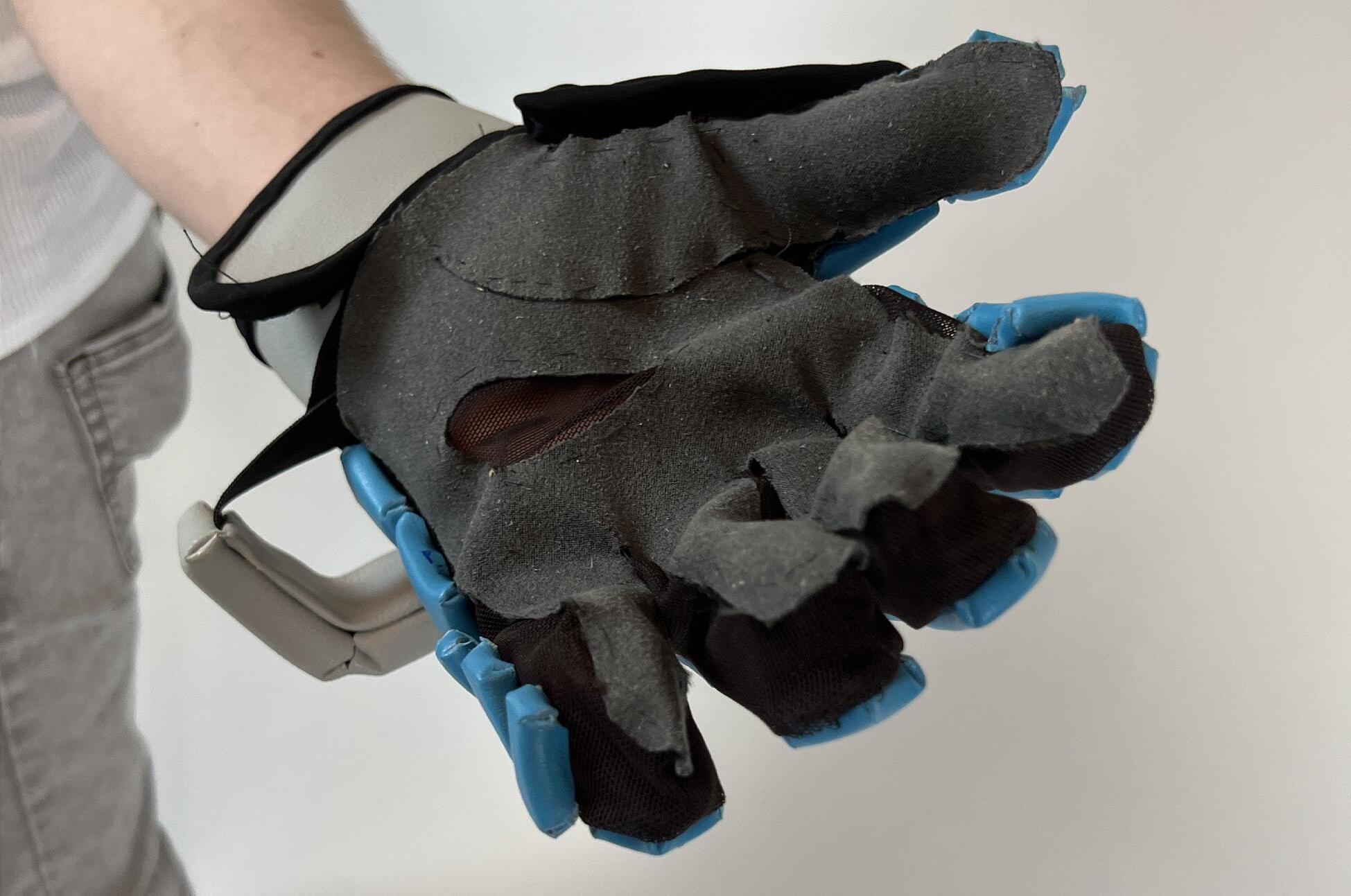

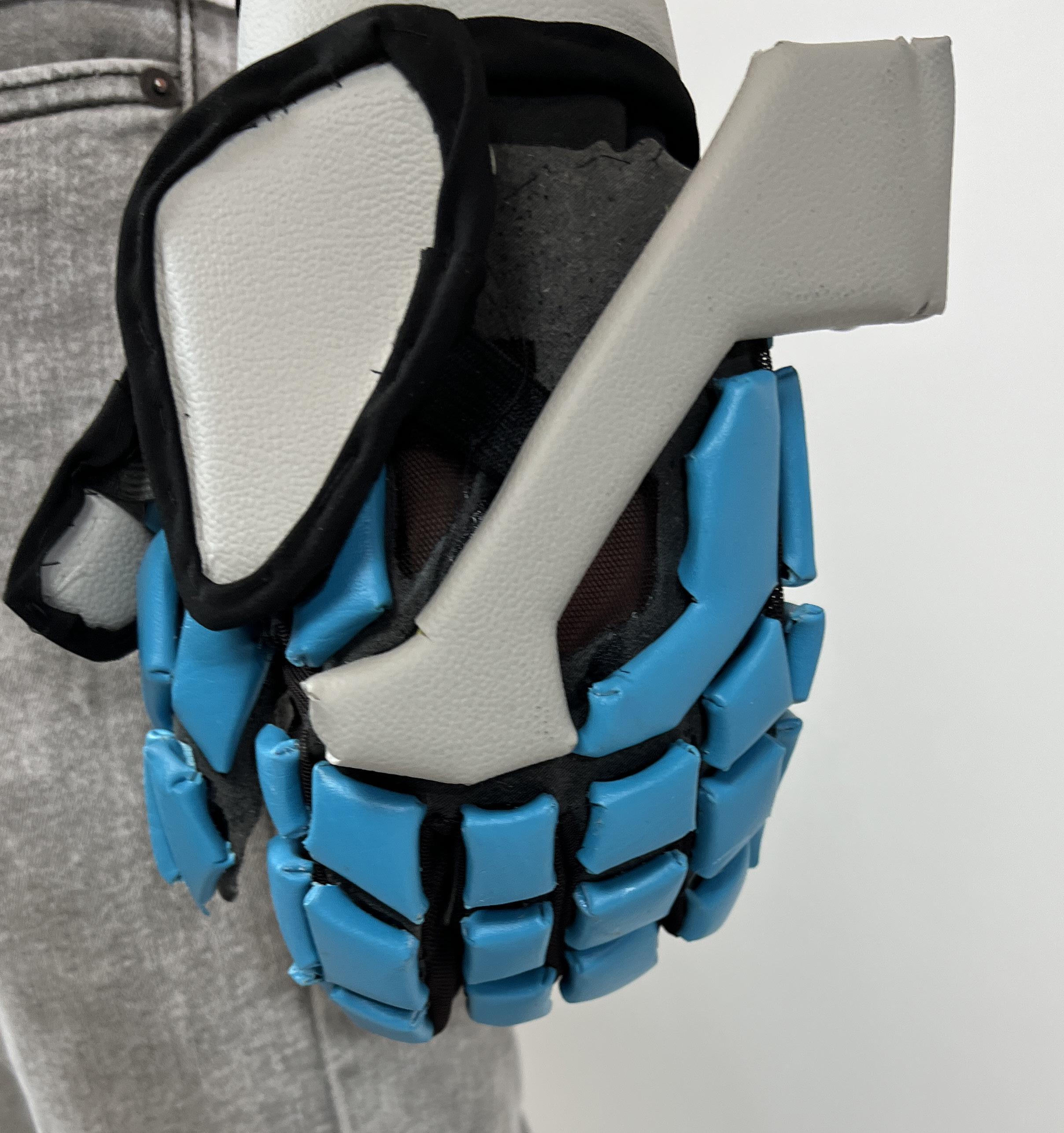
8
Bruce D. Westgate

9
Bruce D. Westgate
Barano
Swimming Prosthetic
Problem Identification
Allowing amputees to reclaim parts of their lives lost before their amputation can help combat depression in amputees whether those be hobbies, activities, or sports. In the case of swimming for transradial amputees there are many challenges that they face. Some of these challenges include that swimming with a prosthetic that’s not the right size or without one entirely can cause one’s stroke to be unbalanced which can lead to injury in the dominant arm. Not only that but many materials usually used in prosthetics don’t lend themselves well to prolonged use in water.
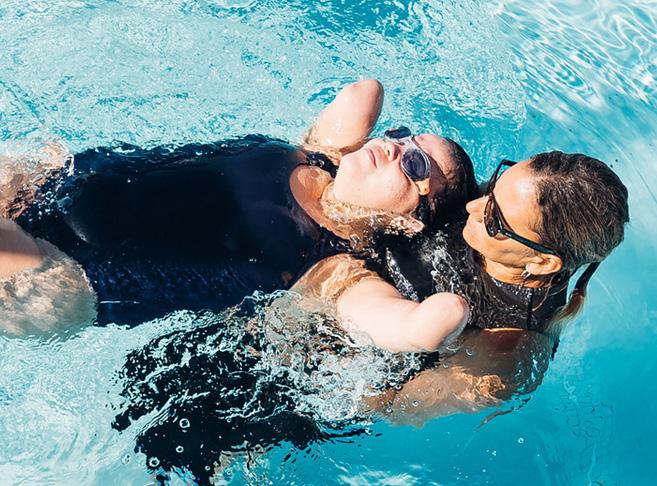
10
Bruce D. Westgate
Research
Research was primarily based around the element of water. being deceptively destructive it was to not only find mechanical locks that would work underwater but also what materials could survive the elemnt and be formed to mimic a human’s hand. in the end a pin lock mechanism was chosen and materials were based on paddles used for training.
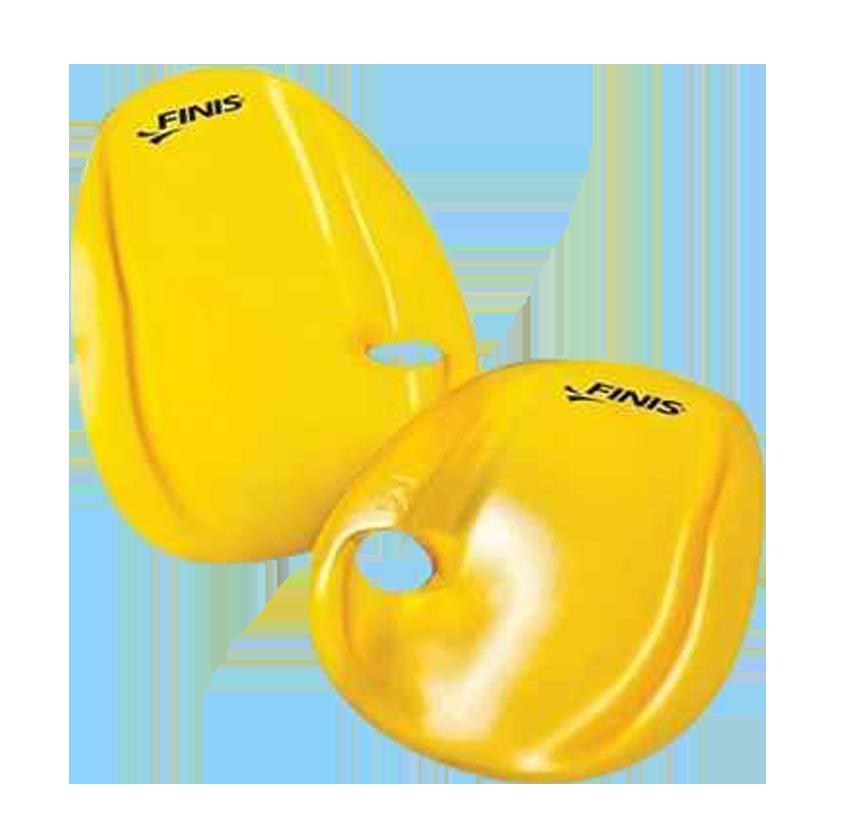
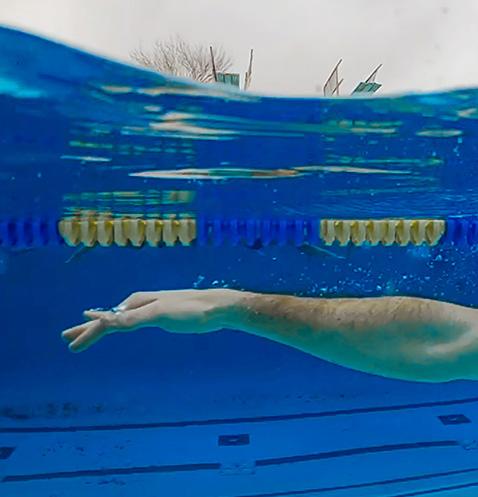
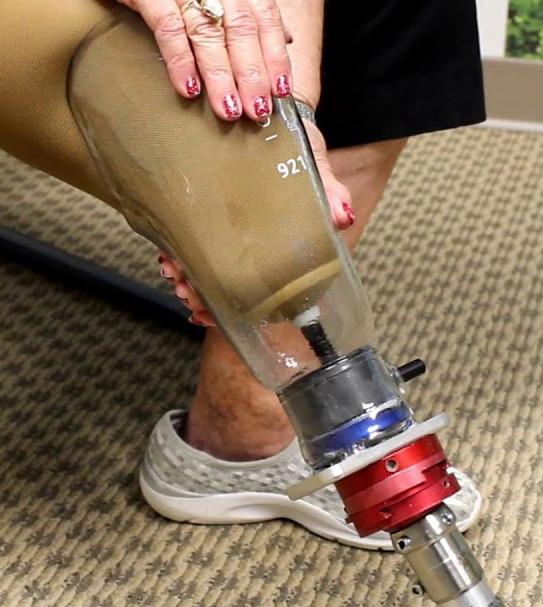
11
Bruce D. Westgate
3D Exploration
Pink foam was chosen for the 3D exploration and appearance model as it was a fast way to rapid prototype different shapes for the design
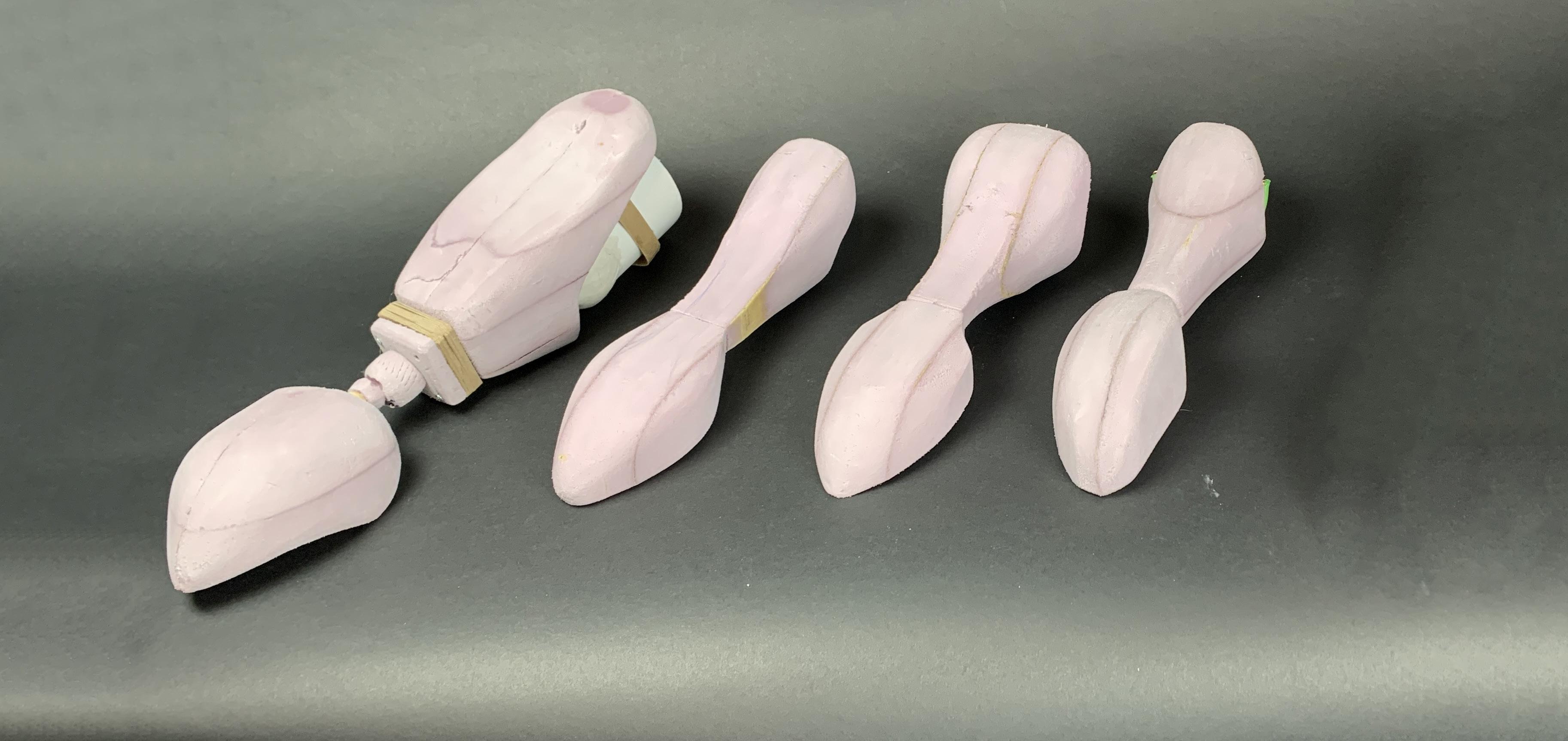
12
Bruce D. Westgate
Final Prototype

Final prototype included:
- Window Cuts to visually lighten the form and al
low water to pass through the shaft
- Button for quick attachment and release
- Silicone Elastic for a stronger connection
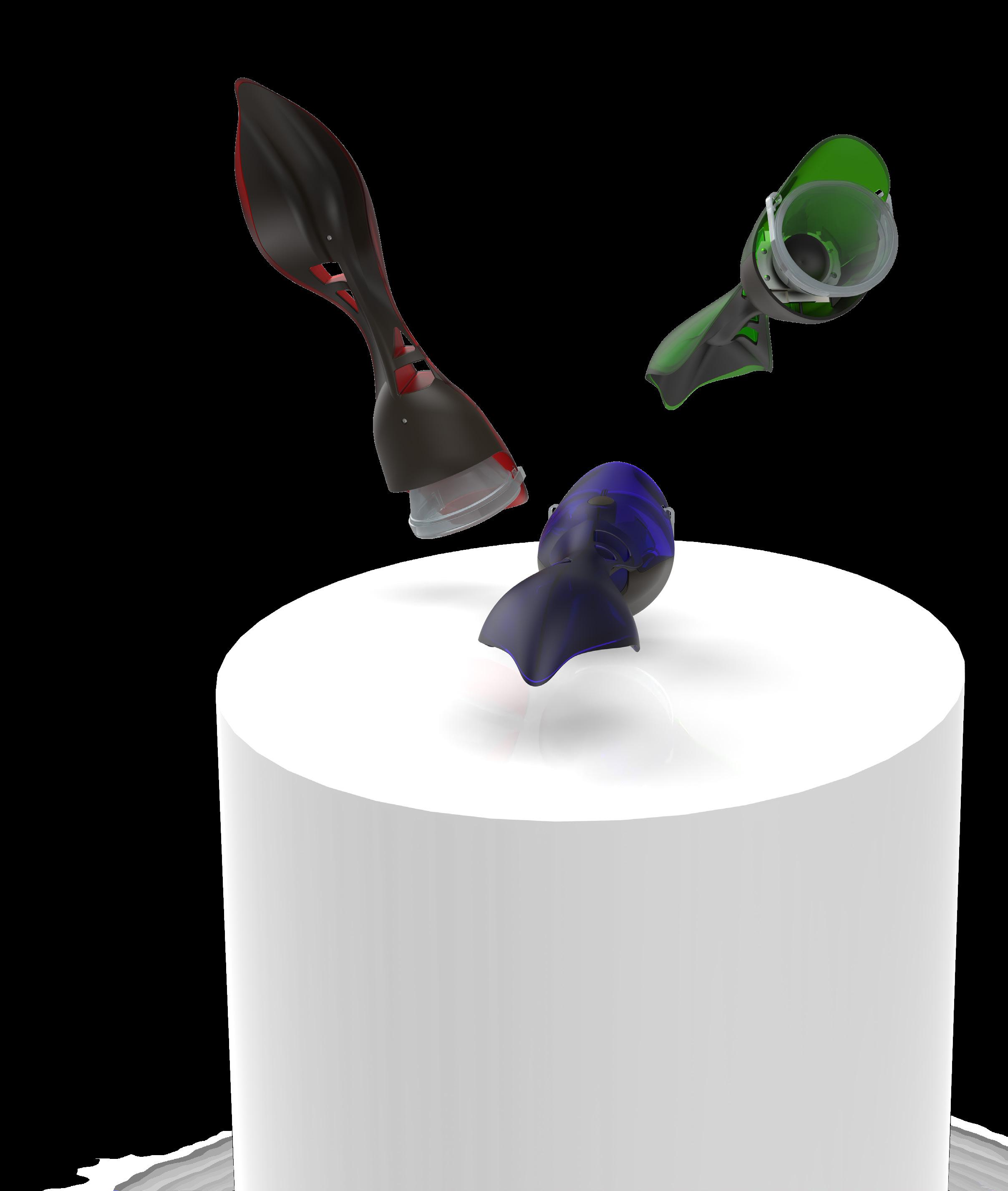
13
Bruce D. Westgate

14
Libero
Bruce
D. Westgate
Repairable and Adaptable Coffee Table
Problem Identification Aesthetic Inspiration
Walking through the streets of Brooklyn you see mounds of furniture pile up at the start of every month. Either due to wear and tear or the unpractical and financial burden of having to move it to a new home. most knockdown furniture is not designed to be reconstructed after a single use easily like advertised leading to waste. I looked to incorporating insert threads and bolts as fasteners to achieve a knockdown furniture design that could be reconstructed countless times and changed with a changing home. I also looked to make it easy for a user to incorporate found object into my furniture piece.

By using elements of modularity and knockdown elements in the design, the coffee table will be able to make better use of both positive and negative space in order to add more options for storage. Also, the incorporation of easy to access fasteners and accessible construction will make the product welcoming to customize for the users ever changing space and tastes.


15
Bruce D. Westgate
2D Exploration
In my initial round of sketches I tried to explore different shapes of tables. After deciding on doing a coffee table I explored incorporating storage space in the negative space under the table. All this while keeping in mind how it would be constructed as making it simple for an unfamiliar user could put together. All while exploring different shaped table tops and storage opportunities in the negative space underneath


16
Bruce D. Westgate
3D Exploration
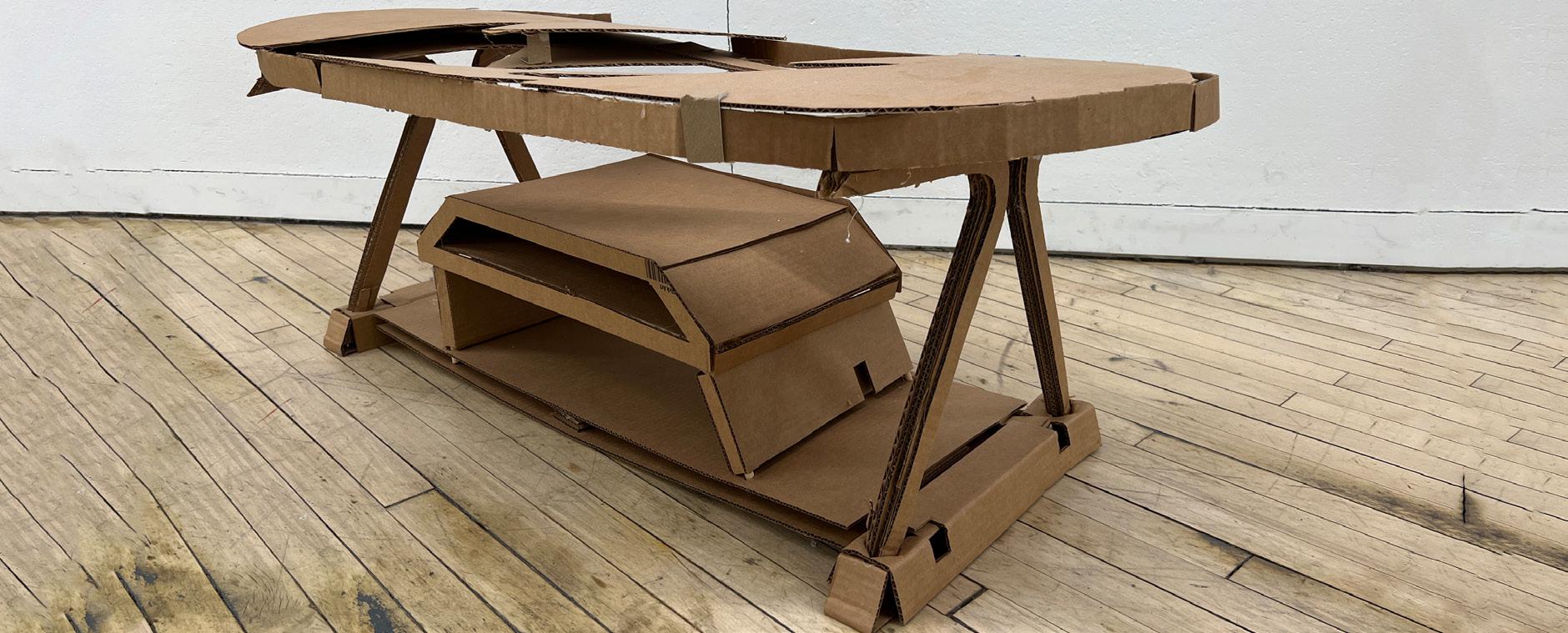
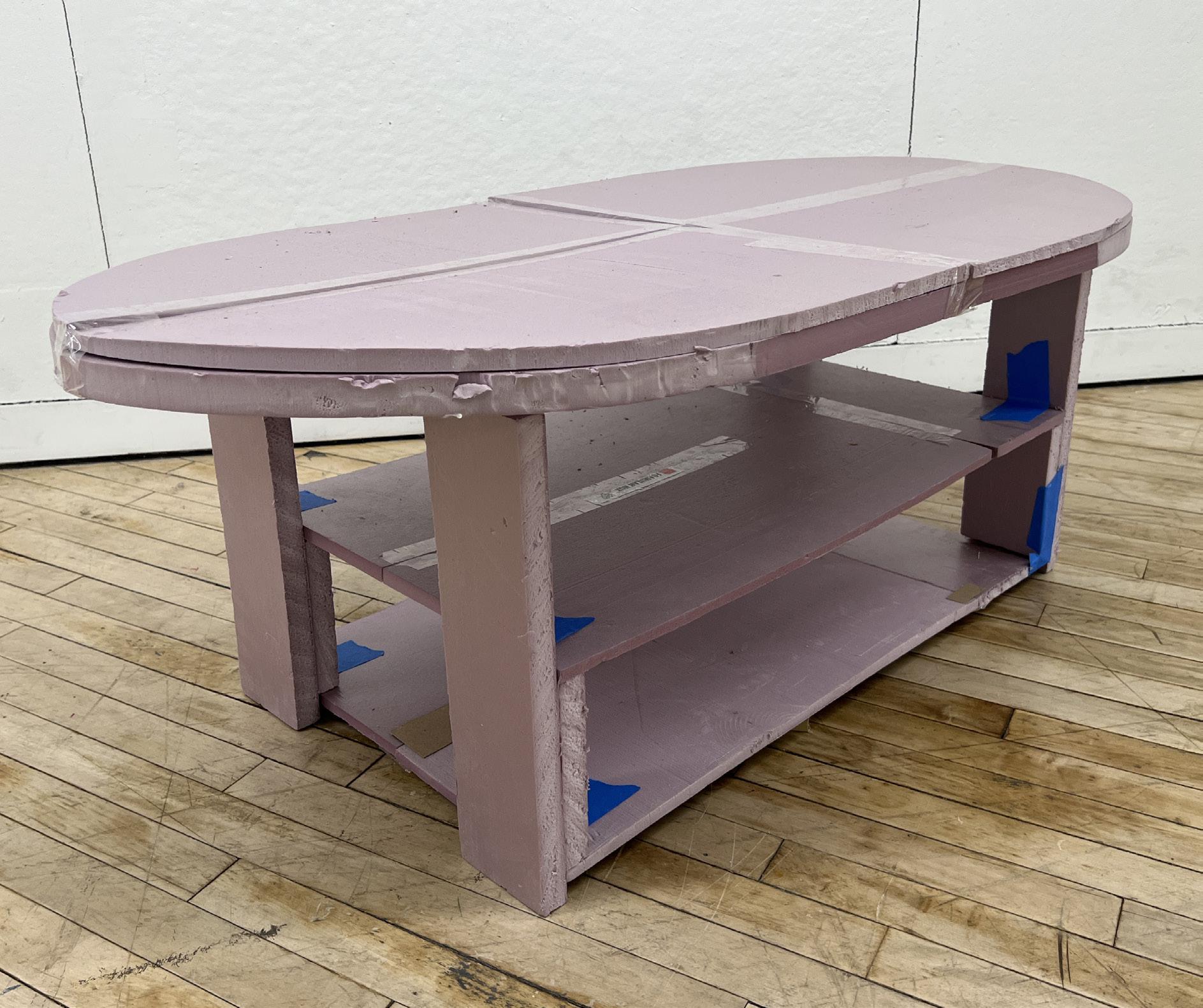
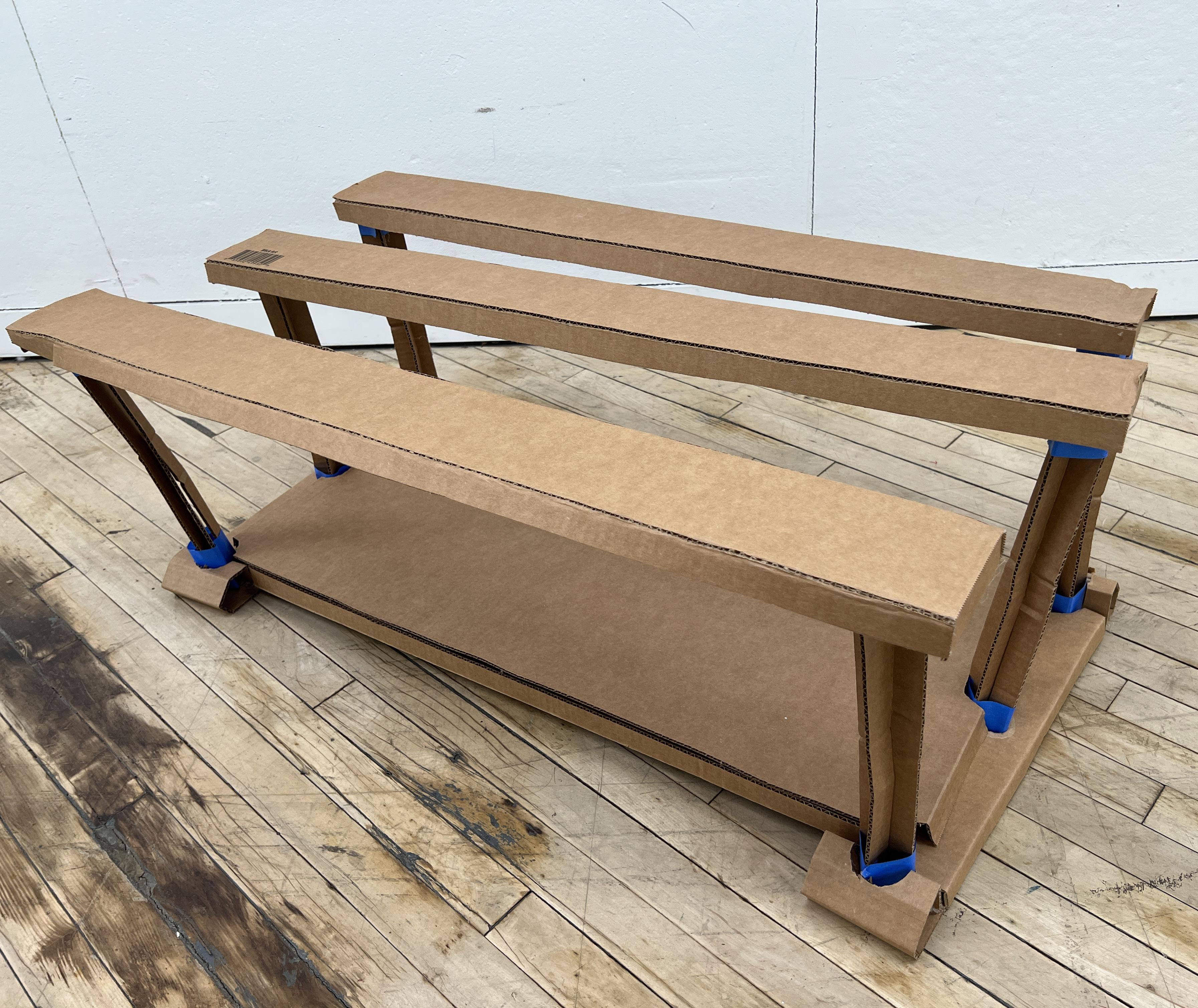
17
17
Bruce D. Westgate
Prototype


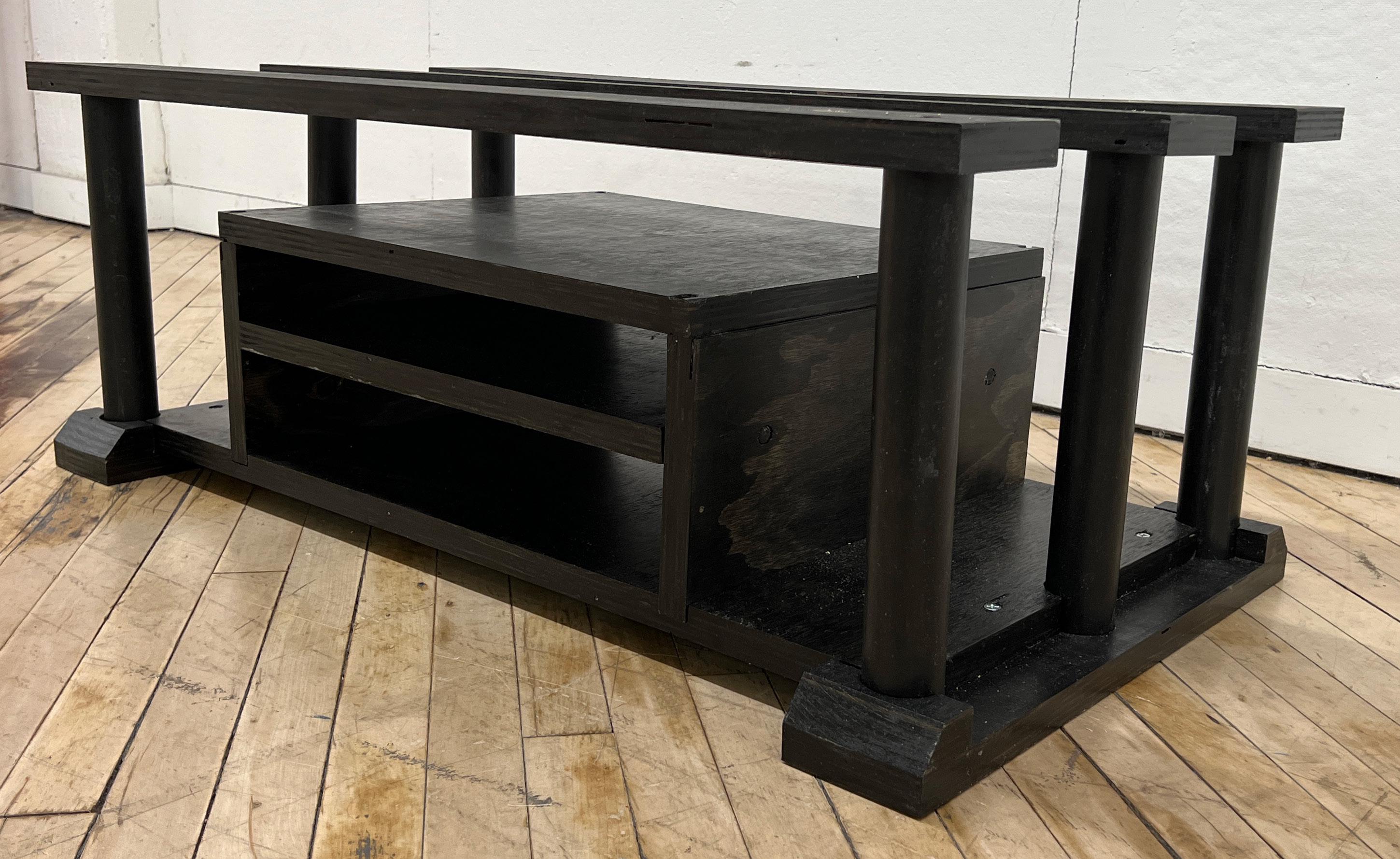
18
Bruce D. Westgate

19
Bruce D. Westgate
Proof of concept of using a reclaimed door as a coffee table and place of gathering.
Final renders and painted table show the same base in different materials. enhance the idea of the table changing with a users environment to match any homes aesthetic. As well as a demonstartion of the modular capabilities.





20
Bruce D. Westgate
Final
Miscellaneous Renders
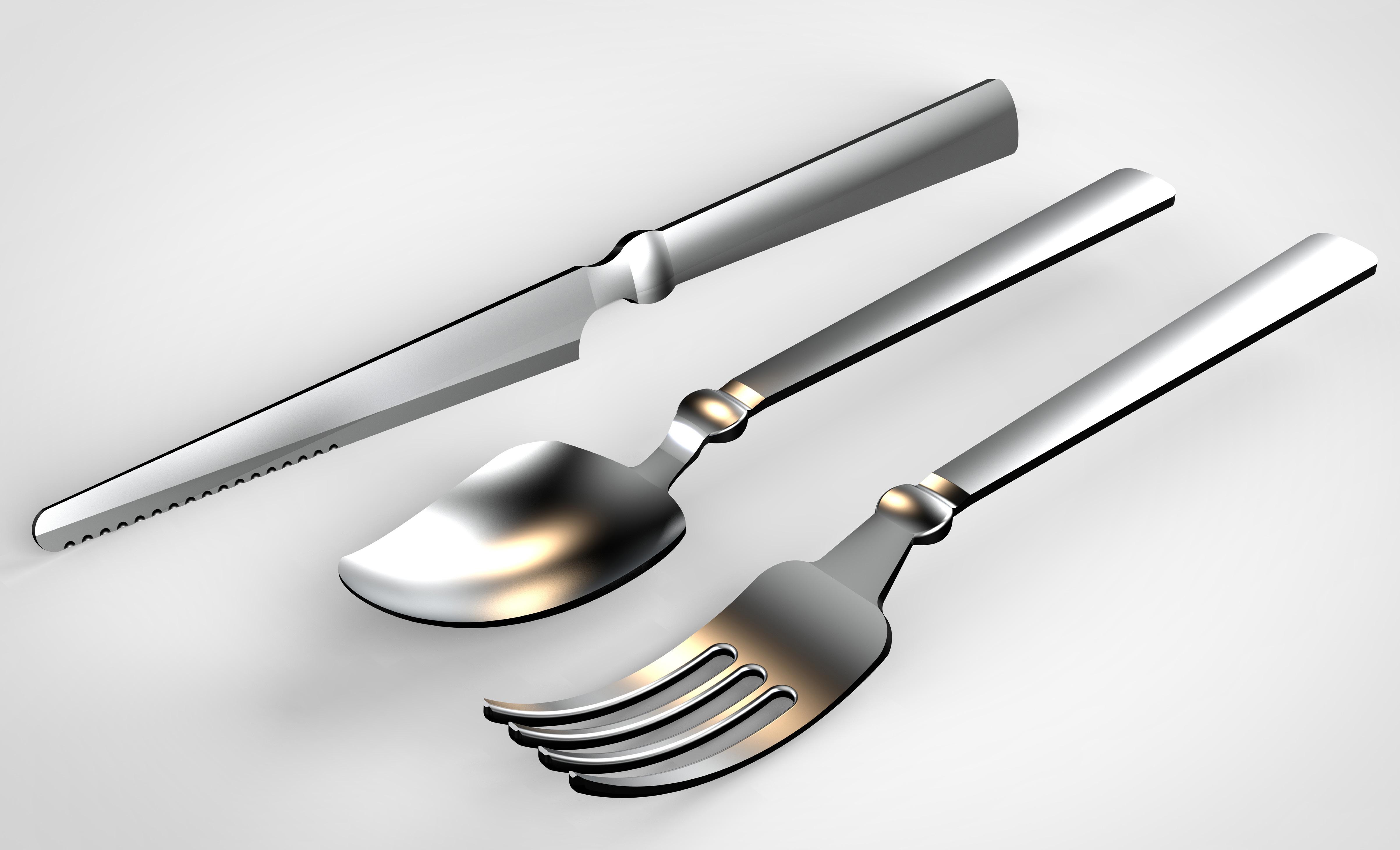
21
Bruce D. Westgate
Miscellaneous Renders

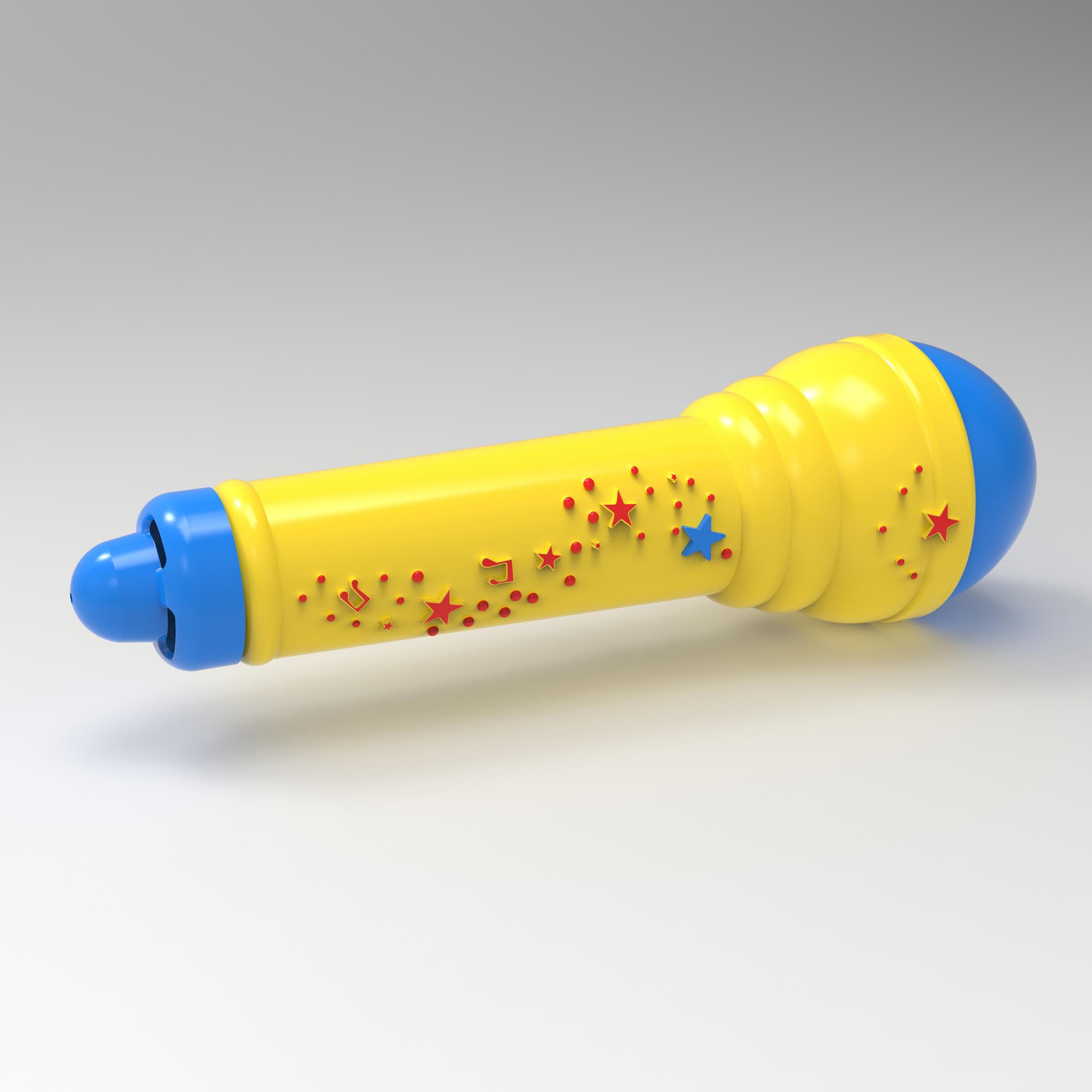
22
Bruce D. Westgate
Toy mic solidworks/keyshot recreation
Table with glass center
Miscellaneous Renders


23
Bruce D. Westgate
4-color BIC pen recreation
Any Chair: Transforming Chair/Handbag
Miscellaneous Renders
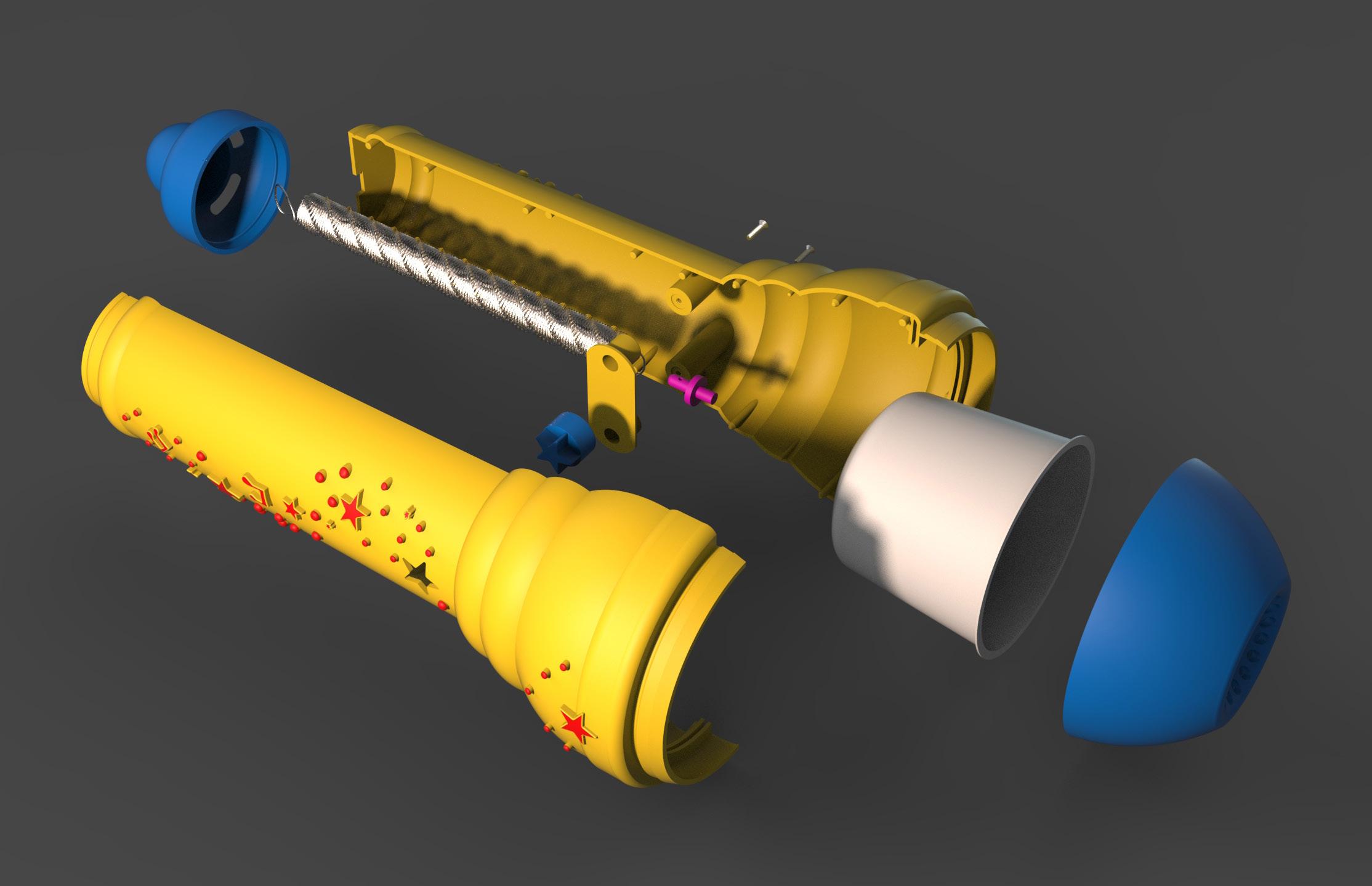

24
Bruce D. Westgate
Toy mic solidworks/keyshot recreation exploded view
Mouse shell
Thank you!

 Bruce D. Westgate
Bruce D. Westgate







 Bruce D. Westgate
Bruce D. Westgate














































